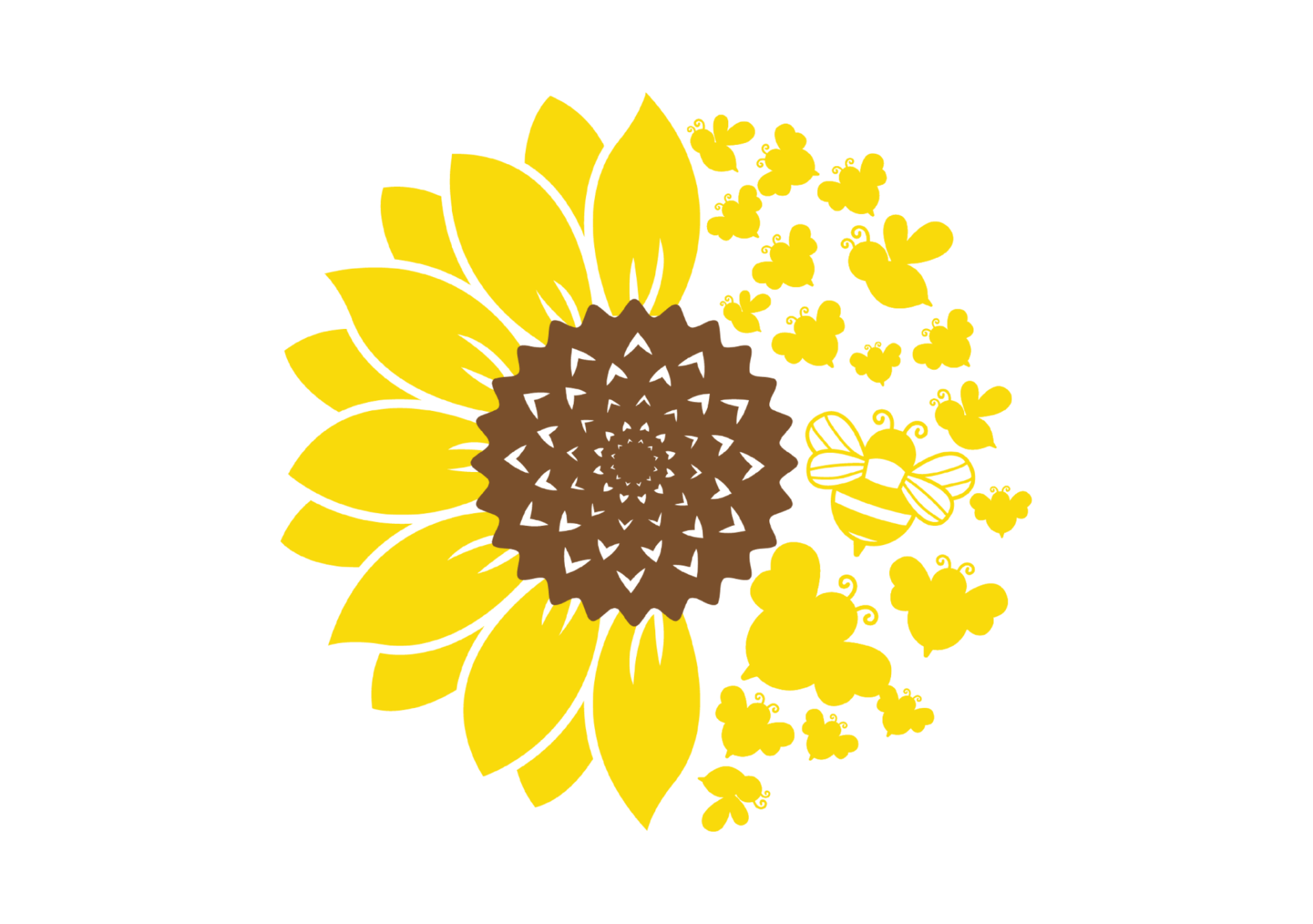
Fall Buzz: October and November Beekeeping To-Dos
Beekeeping tasks in Colorado during the months of October and November vary depending on the specific weather conditions and the health of your hive. There’s still a lot you can do to set your girls up for spring success. Here is a general list of tasks that beekeepers in Colorado should consider during this time:
1. Inspect Hive Health:
- Conduct a thorough inspection of your hives to assess the overall health of your bee colonies.
- Check for signs of disease, pests, and other issues. Treat any problems if necessary.
- Make sure the bees have enough stored food (honey) to survive the winter.
2. Reduce Hive Size:
- If necessary, reduce the size of your hive to make it easier for the bees to keep warm during the winter.
- Remove any unused supers or frames that the bees do not need for winter.
3. Feeding:
- If your bees have insufficient honey stores for the winter, provide supplemental feeding with sugar syrup or fondant.
- Ensure that the feeding process does not cause excessive moisture inside the hive.
4. Winterize the Hive:
- Insulate the hive if your region experiences very cold winters. Consider using insulating materials like foam boards.
- Provide windbreaks or place the hive in a sheltered location to shield it from harsh winter winds.
5. Ventilation:
- Ensure that the hive has proper ventilation to prevent excess moisture buildup, which can lead to mold and bee health issues.
- Use entrance reducers to reduce the size of the hive entrance, helping to maintain warmth.
6. Varroa Mite Management:
- Continue monitoring and managing varroa mite populations.
- Consider treatments such as oxalic acid vaporization or formic acid strips if mite levels are high.
7. Hive Equipment Maintenance:
- Repair or replace any damaged hive equipment, including frames, boxes, and lids.
- Store unused equipment in a dry and clean location to prevent damage during the winter.
8. Record Keeping:
- Maintain accurate records of hive inspections, treatments, and any issues you’ve encountered.
- This information can be valuable for planning and managing your hives in the future.
9. Education:
- Use the winter months to educate yourself about beekeeping and stay updated on new research and best practices.
- Consider attending beekeeping workshops or joining a local beekeeping association.
10. Prepare for Spring:
- Start planning for the spring season, including ordering any necessary supplies such as new bees or equipment.
- Consider your hive management goals and strategies for the upcoming year.
11. Stay Informed:
- Keep an eye on local weather forecasts to prepare for extreme temperature drops or winter storms.
- Stay informed about any local regulations or guidelines related to beekeeping.
Remember that beekeeping tasks can vary depending on your specific location in Colorado and the condition of your hives. It’s essential to adapt your beekeeping practices based on the unique needs of your bees and the local climate. Additionally, it’s a good idea to consult with experienced beekeepers in your area or local beekeeping associations for region-specific advice.
